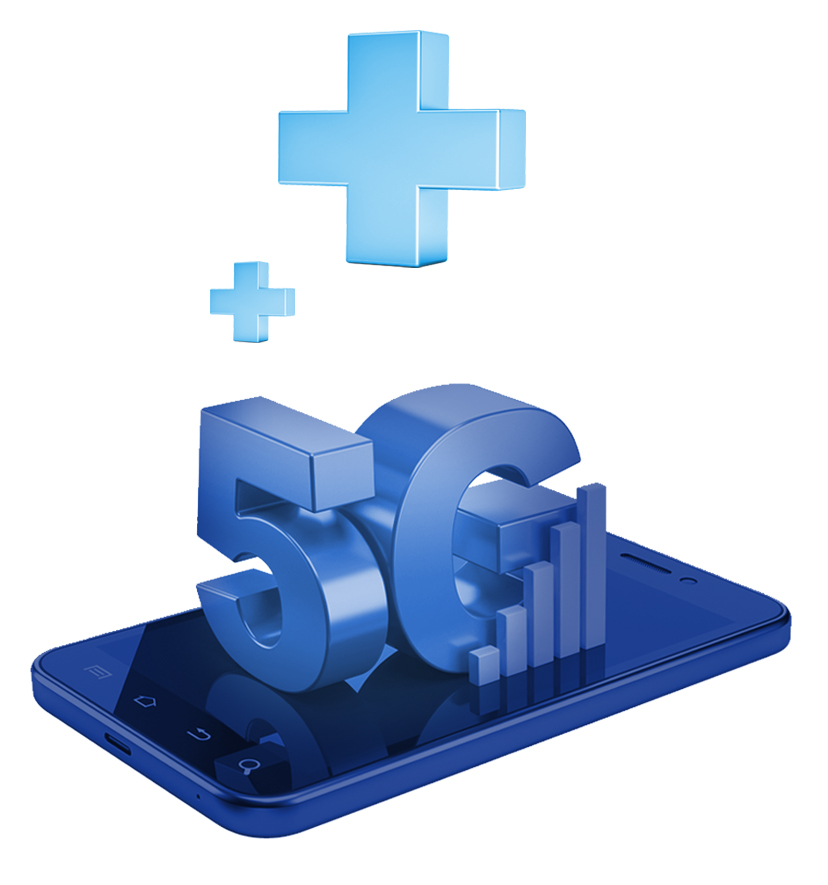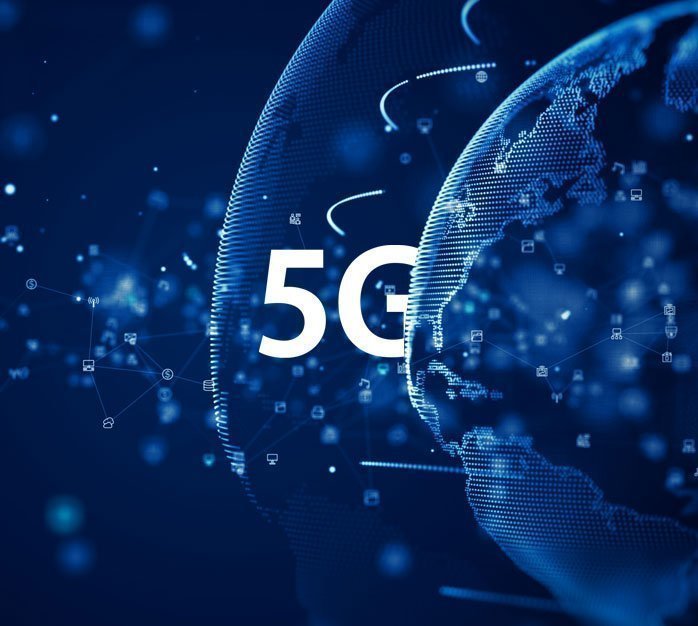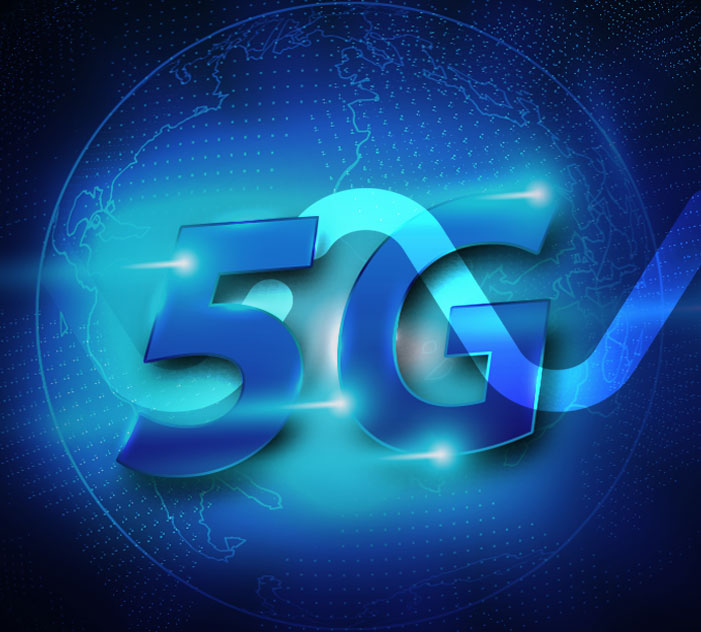What Benefits Does 5G Bring?
Ultra-Low Latency
5G network technologies reduce network latency to almost negligible levels (sub 1ms), enabling near-instant connectivity in applications like autonomous mobility and mission-critical IoT.Lorem ipsum dolor sit amet, consectetur adipiscing elit. Ut elit tellus, luctus nec ullamcorper mattis, pulvinar dapibus leo.
High Peak Data Speeds
5G network speed can reach over 10 Gbps compared to 100 Mbps for 4G/LTE, creating opportunities for enhanced mobile broadband applications like Virtual and Augmented Reality (VR/AR), autonomous mobility, and enterprise precision technologies.
Better Network Reliability
5G New Radio (NR) and LTE Advanced networks achieve a network reliability score of 99.999% in delivering a stable, low-latency frequency signal in a conventional cellular deployment.
Increased Network Capacity
5G networking can support a million or more connected devices per square kilometer of coverage compared to an average of 100K devices for 4G, providing the foundation for the proliferation of IoT and M2M devices.
Enhanced Spectrum Utilization
5G technologies utilize low-band, mid-band, and high-band spectrum frequencies to deliver additional benefits and value, enabling MNOs to extract more value and revenue from existing spectrum resources.
Improved Network Slicing
5G networking provides enhanced network slicing capabilities to build fit-for-purpose virtualized and independent networks on top of common physical infrastructure. For example, segregating low-latency applications like mobile broadband from ultra-low-latency applications like driverless cars.





